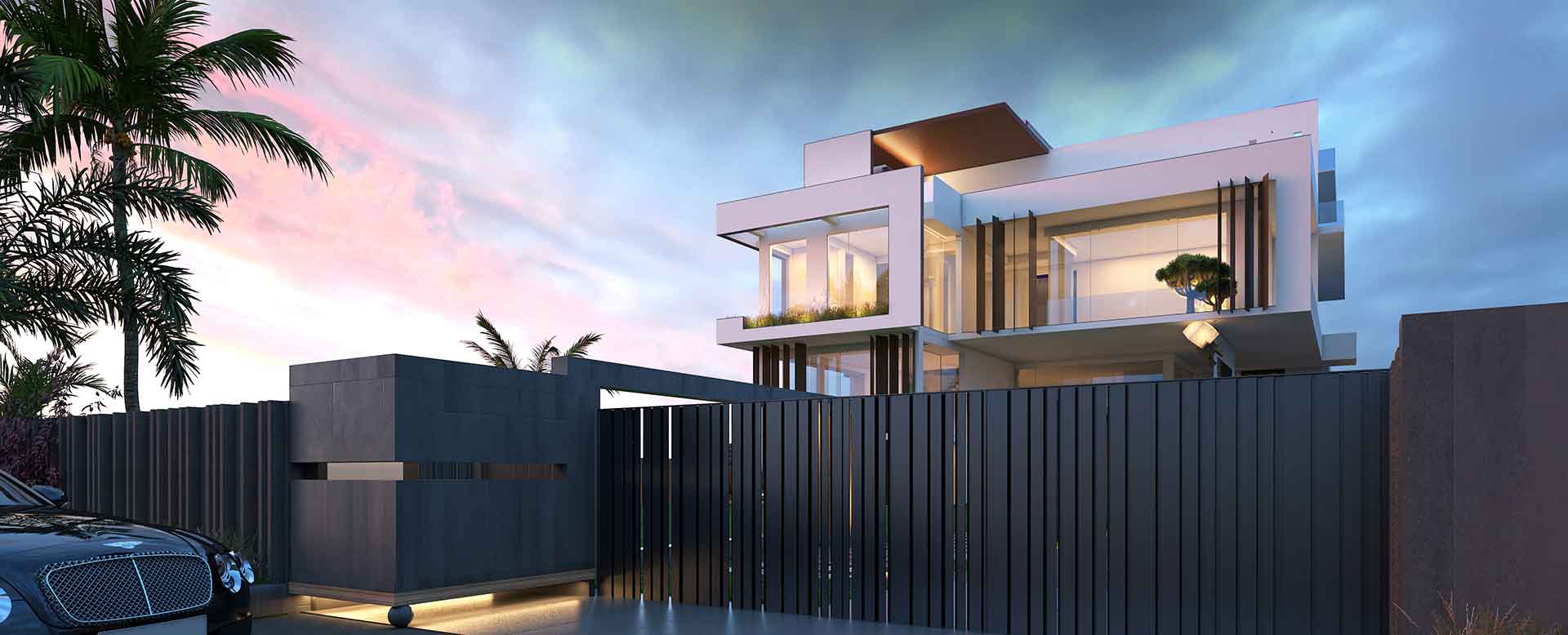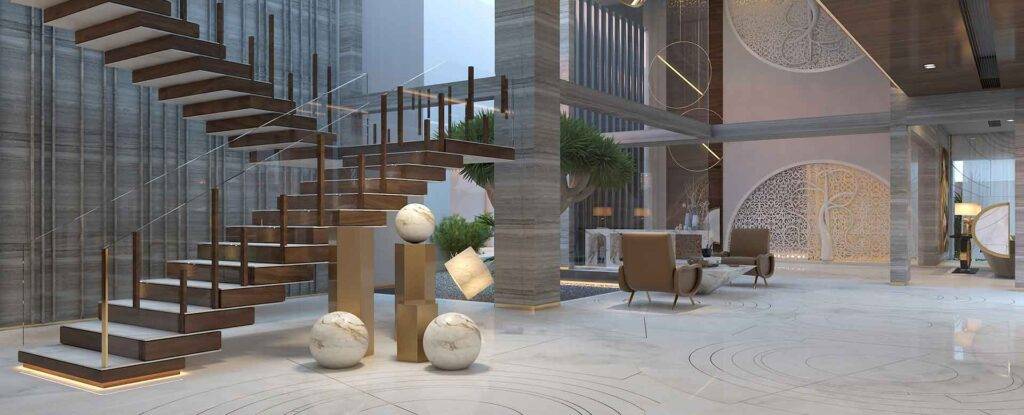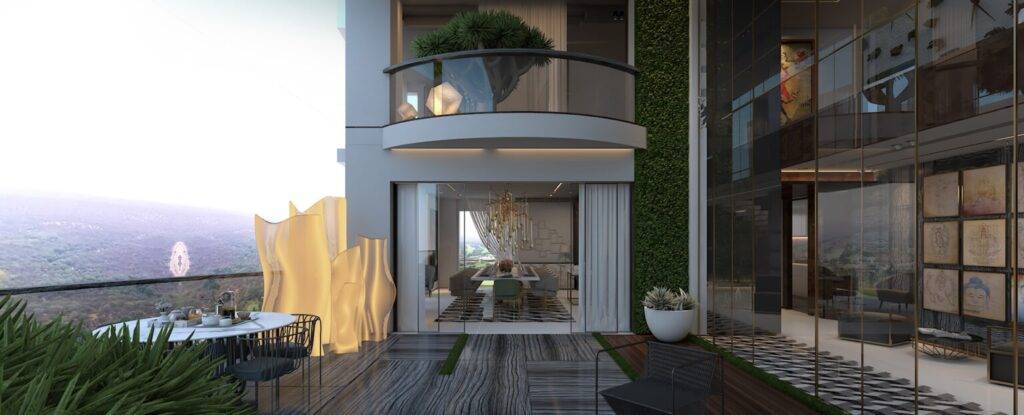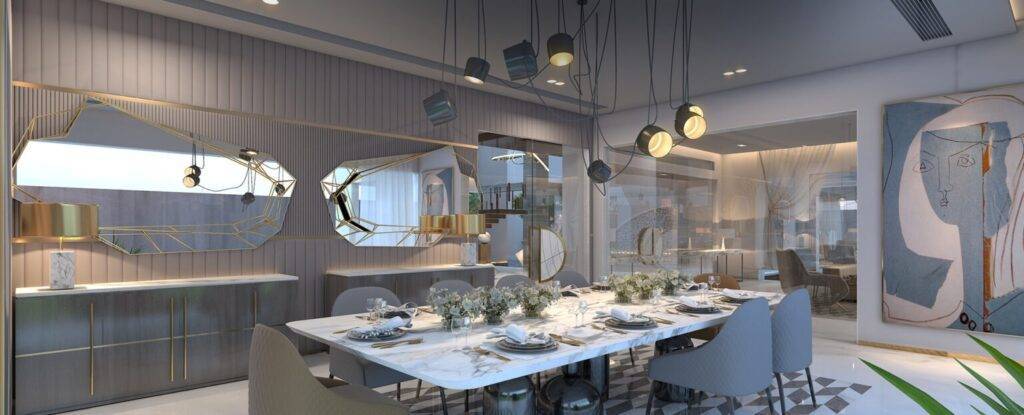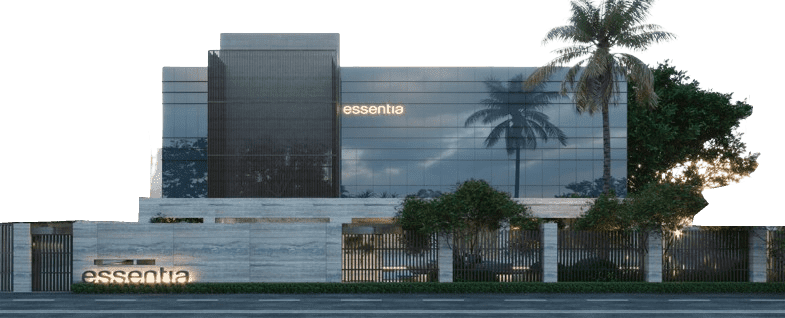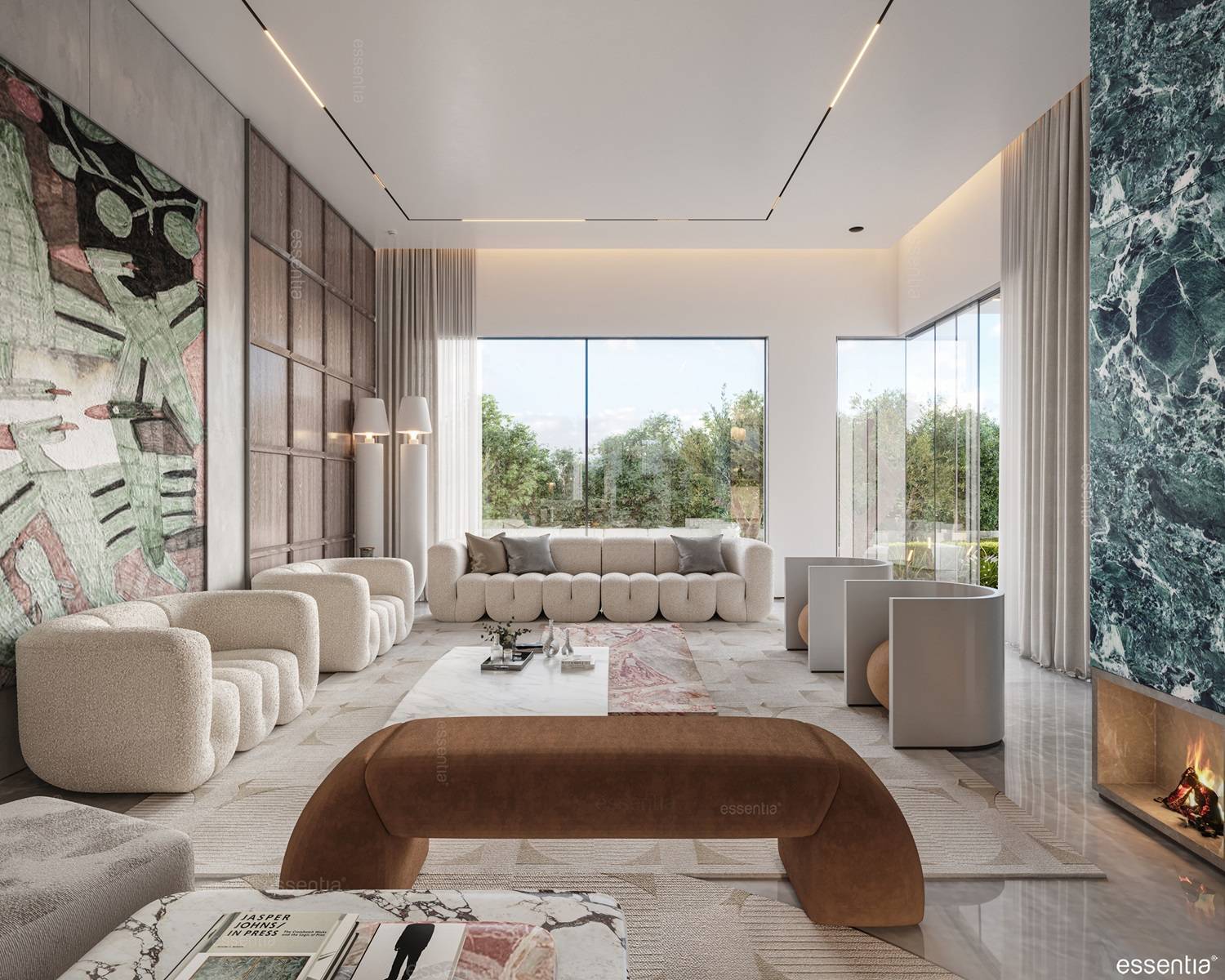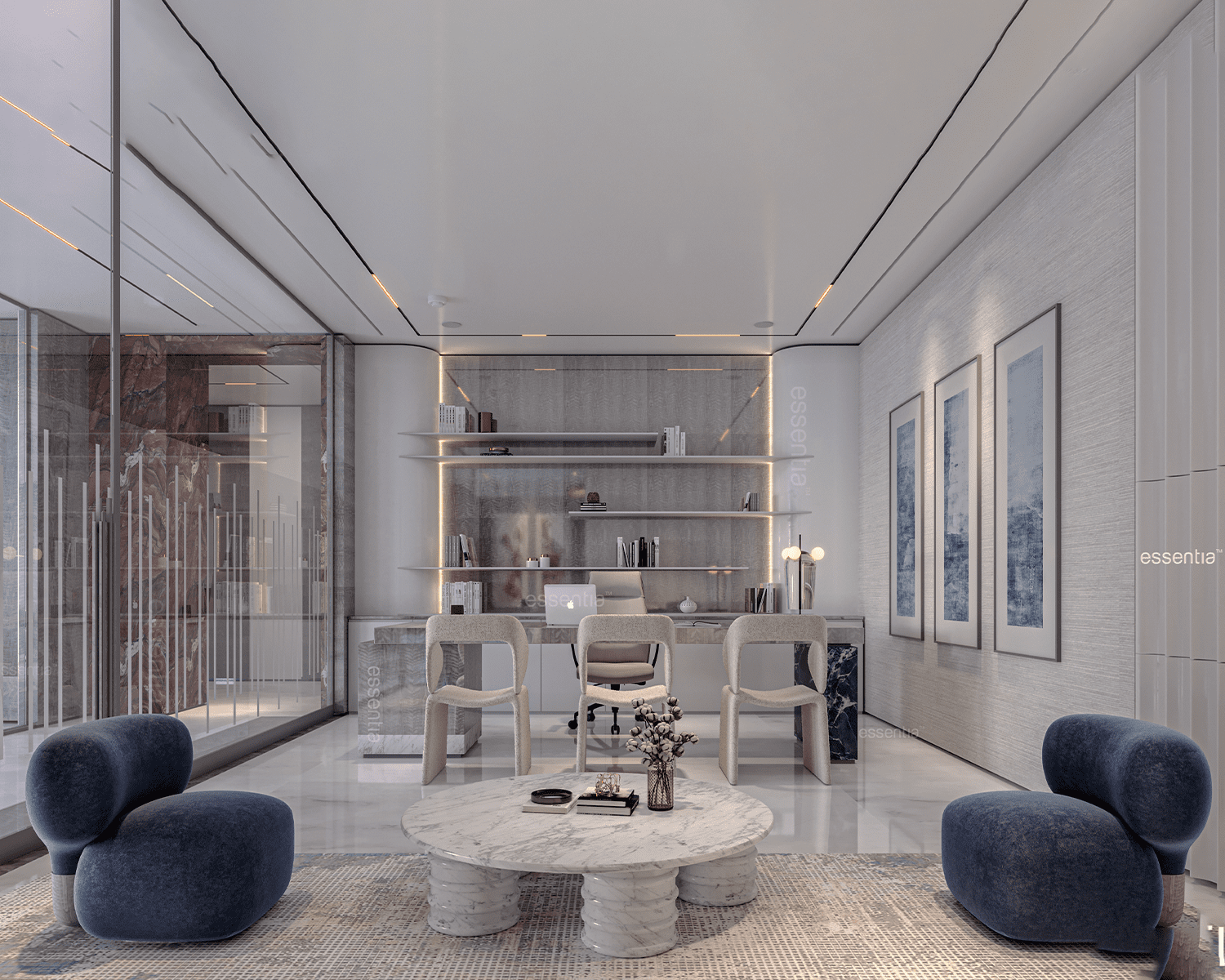
NAVIGATING OPENNESS & PRIVACY IN MODERN WORKSPACES
Gone are the days of closed-door offices and isolated cubicles; modern workspaces emphasize transparency, communication, and flexibility. However, it is equally important to provide individuals with the privacy they need to focus and concentrate.
Hardesh Chawla, Principal at Essentia Environments, brief on the significance of openness and privacy in modern workspaces, effective design strategies, and ways to maximize productivity and efficiency while maintaining a harmonious work environment.
Open workspaces promote transparency and facilitate communication among team members. They encourage spontaneous interactions, idea sharing, and a sense of community. Employees feel more connected and engaged when they can easily approach their colleagues and exchange thoughts and insights. On the other hand, some tasks require deep concentration, and individuals need a quiet and secluded environment to accomplish them effectively. Privacy also enables employees to have confidential conversations, handle sensitive information, and recharge during breaks without distractions.

Gone are the days of closed-door offices and isolated cubicles; modern workspaces emphasize transparency, communication, and flexibility. However, it is equally important to provide individuals with the privacy they need to focus and concentrate.
Hardesh Chawla, Principal at Essentia Environments, brief on the significance of openness and privacy in modern workspaces, effective design strategies, and ways to maximize productivity and efficiency while maintaining a harmonious work environment.
Open workspaces promote transparency and facilitate communication among team members. They encourage spontaneous interactions, idea sharing, and a sense of community. Employees feel more connected and engaged when they can easily approach their colleagues and exchange thoughts and insights. On the other hand, some tasks require deep concentration, and individuals need a quiet and secluded environment to accomplish them effectively. Privacy also enables employees to have confidential conversations, handle sensitive information, and recharge during breaks without distractions.
Designing Open Workspaces
The planning of furniture, workstations, and collaborative areas should encourage movement and facilitate interaction. Strategic placement of communal spaces such as lounges, cafeterias, or breakout areas can create opportunities for informal meetings and brainstorming sessions. To support collaboration, it is crucial to incorporate designated collaborative spaces within the office. These areas can be equipped with whiteboards, writable surfaces, or digital tools to facilitate idea generation and knowledge sharing. Additionally, providing comfortable seating arrangements and access to technology encourages team members to come together, fostering a culture of teamwork and innovation. Additionally, modular furniture, movable partitions, and flexible layouts allow for easy reconfiguration of spaces to accommodate different work styles and activities, bringing in adaptability. This flexibility enables teams to collaborate as needed while still providing opportunities for privacy when required.



